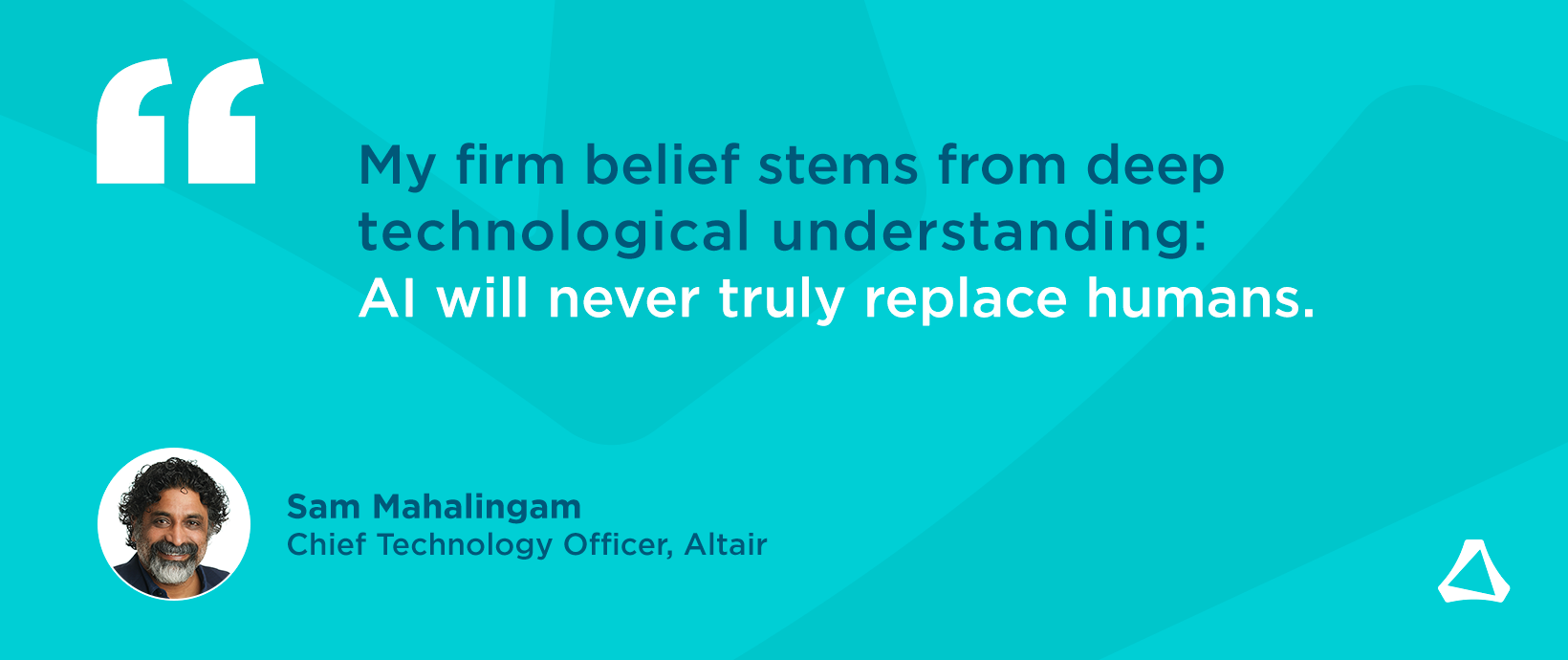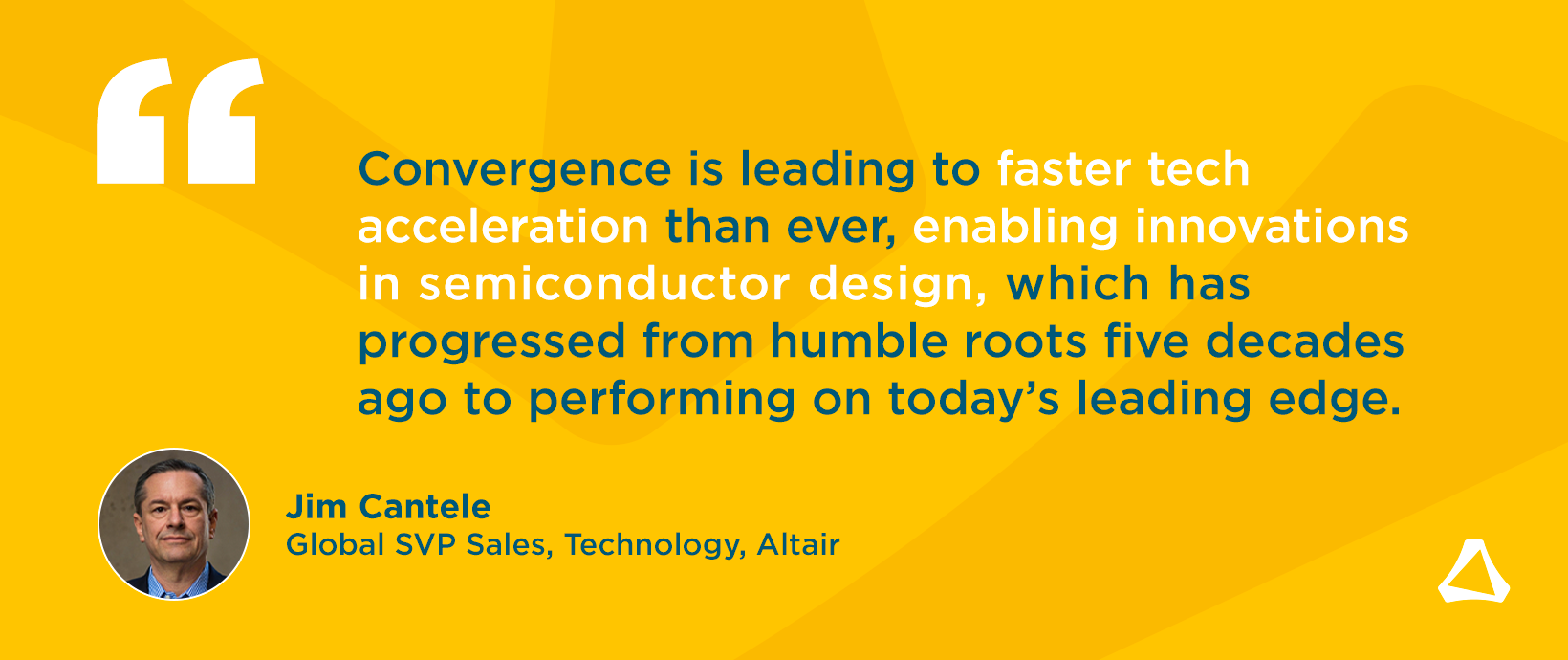Data Architecture Approaches Explained: Data Warehouses, Data Lakes, and Data Fabric

In an era where data is the backbone of decision-making and strategic planning, organizations face a plethora of data architecture approaches to choose from. Among these, data warehouses, data lakes, and data fabric stand out from the pack, each offering their own advantages and disadvantages. This article aims to explore these approaches and ultimately highlight why the data fabric approach offers the most compelling option for modern data management.
Understanding Data Architecture Approaches
Data Warehouse
Data warehouses are centralized repositories designed for reporting and data analysis. They consolidate data from various sources into a single, structured format, optimized for query performance. Traditionally, data warehouses utilize a star or snowflake schema to organize data.
Data Warehouse Pros
- Structured Data: Data warehouses excel at handling structured data, making them suitable for businesses with well-defined metrics and reporting needs.
- Performance: Data warehouses provide high-performance query capabilities, enabling fast data retrieval for business intelligence (BI) applications.
- Historical Analysis: Data warehouses are ideal for historical data analysis, allowing organizations to track trends over time.
Data Warehouse Cons
- Rigidity: Data warehouses’ structured nature can be a double-edged sword; they are less adaptable to changes in business requirements or data sources.
- High Costs: Building and maintaining a data warehouse can be costly, both in terms of infrastructure and human resources.
- Latency: Data is often processed in batches, leading to latency issues and making real-time analytics more challenging.
Data Lake
Data lakes are vast repositories that store raw, unstructured, and semi-structured data. Unlike data warehouses, they don’t require a predefined schema, allowing for more flexibility in data ingestion.
Data Lake Pros
- Scalability: Data lakes can handle massive volumes of data from diverse sources, making them suitable for big data applications.
- Flexibility: They support various data formats, including text, images, and video, enabling organizations to store data without initial structuring.
- Cost Effective: Utilizing cloud storage solutions, data lakes can be a more economical choice for organizations looking to store large amounts of data.
Data Lake Cons
- Poor Data Quality: The lack of structure can lead to challenges in data governance and quality, making it difficult to ensure reliable insights.
- Complexity: The vastness of data lakes can make it challenging for users to find and utilize the data they need.
- Performance Issues: Query performance within data lakes can be slower compared to data warehouses due to the data lake’s unstructured nature.
Data Fabric
A data fabric is a data architecture approach designed to provide a seamless, unified layer for data management across various environments—cloud, on-premises, and hybrid. It integrates data from different sources and provides a consistent framework for data governance, accessibility, and analytics.
Data Fabric Pros
- Seamless, Unified View: A data fabric offers a holistic view of data across multiple sources, facilitating better decision-making and insights.
- Agility: A data fabric supports real-time data access and analysis, allowing organizations to respond quickly to changing business needs.
- Interoperability: A data fabric seamlessly integrates structured and unstructured data, enabling organizations to leverage all types of information without being constrained by a single model.
- Enhanced Governance: With built-in data governance and security features, data fabrics ensure compliance and data quality across the organization.
Data Fabric Cons
- Complex Implementation: Implementing a data fabric can be complex, requiring a well-thought-out strategy and possibly significant investment in technology and training.
- Evolving Technology: As an emerging concept, data fabric technologies are still maturing, and organizations may find it hard to select the right tools/platforms to build and implement them.
- Resource Intensive: While a data fabric can streamline data management, it may require more resources in terms of data engineering and management compared to traditional methods.
Data Architecture Approaches: A Quick Comparative Analysis
When comparing these three data architecture approaches, it becomes clear that each has its place in the data ecosystem. Data warehouses shine in environments where structured data and historical analysis are paramount. They suit organizations with fixed reporting requirements and a strong need for high performance. However, their rigidity and cost can present hurdles.
Data lakes offer a compelling alternative for organizations dealing with massive amounts of diverse data. Their flexibility and cost-effectiveness are advantageous, especially for big data analytics. Nevertheless, challenges around data quality and performance can hinder effective decision-making.
On the other hand, data fabric stands out for its ability to provide a unified data management strategy that integrates the best aspects of both data warehouses and data lakes. Its emphasis on real-time analytics, agility, and enhanced governance makes it particularly suitable for organizations looking to innovate and adapt in a rapidly changing landscape.
Why Data Fabric is the Future
While data warehouses and data lakes have their strengths, the evolving nature of business demands an architecture that can adapt to diverse data needs. A data fabric approach’s ability to create a unified data ecosystem – one that enables organizations to harness the power of both structured and unstructured data – makes it the most forward-thinking choice.
As companies increasingly rely on data-driven decision-making, the need for real-time insights and a holistic view of data will only grow. Data fabrics not only address these needs, they also lay the groundwork for future advancements in data analytics and governance.
AI Fabric: The Next Evolution
With the proliferation of generative artificial intelligence (genAI) and AI-driven decision-making, a new paradigm is emerging that takes the data fabric one step further. Called the “AI fabric,” this philosophy synthesizes the power of the data fabric with AI development and operationalization tools. This new architectural combination that weaves together key aspects of AI and data fabric creates a streamlined data estate, much broader collaboration, genAI models that can access the semantic meaning of your data estate, and a single, centralized governance model.
For organizations that want the power of a data fabric and also want to accelerate their business with cutting edge AI and genAI technologies, the AI fabric approach can provide the tools necessary to succeed. Embracing an AI fabric can empower businesses to harness the full potential of their data, driving innovation and competitive advantage in an increasingly complex landscape.
For more information, visit https://altair.com/altair-rapidminer to learn how the Altair® RapidMiner® data analytics and AI platform has embraced and is innovating the AI fabric approach.




